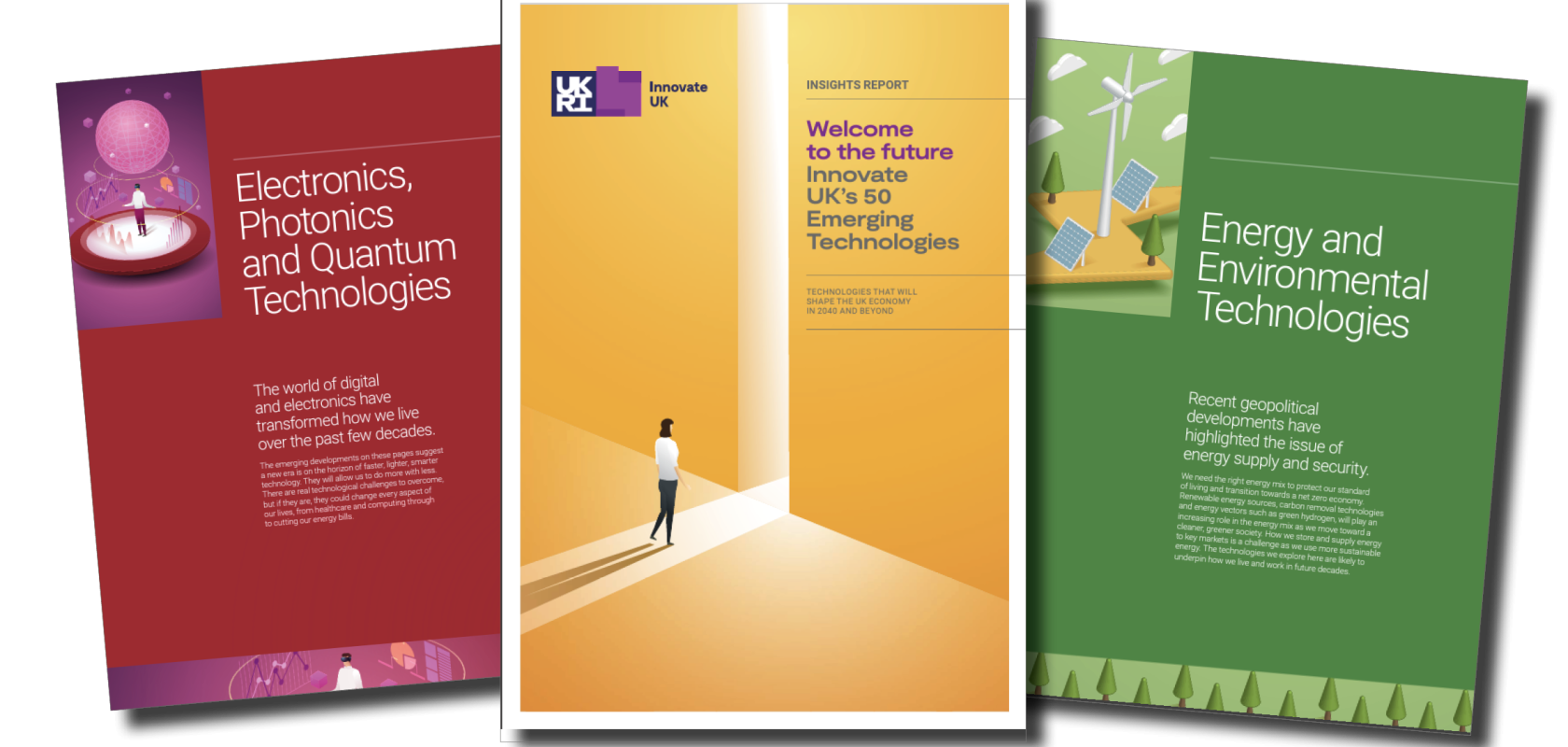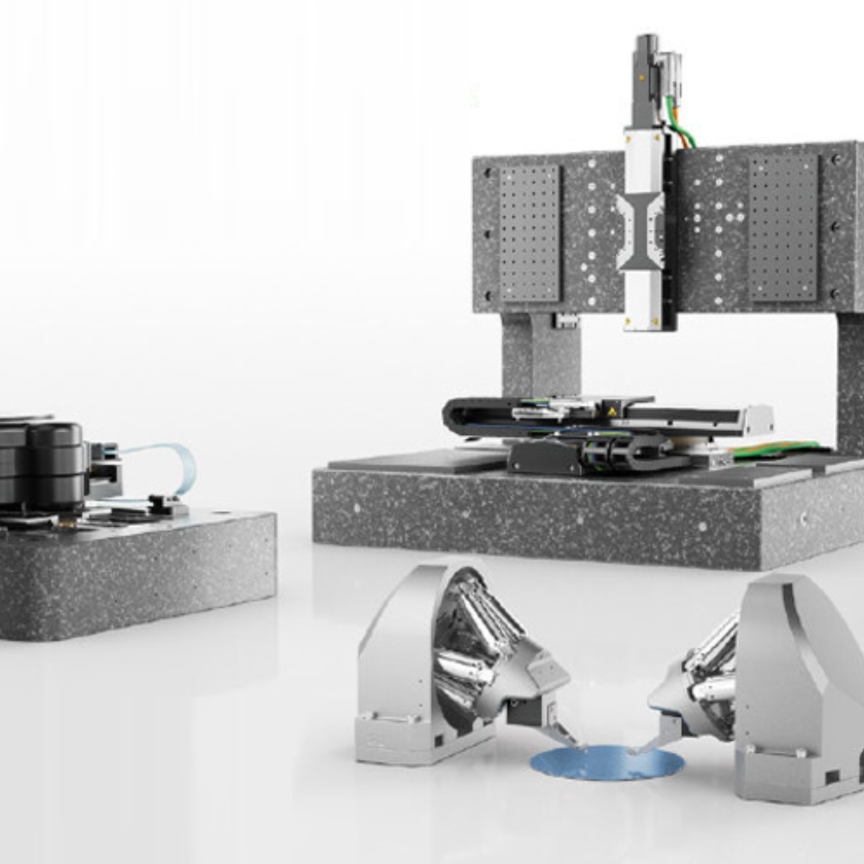Photonics figures prominently in a report from Innovate UK outlining technologies linked to creating jobs and commercial growth over the next two decades.
The report, 'Welcome to the future: Innovate UK’s 50 Emerging Technologies', outlines once-far-fetched technologies such as space-based solar power and 'invisibility cloaks' but also delves into areas more familiar to readers of Electro Optics.
The technologies are compiled in seven groups, all of which are important to the UK economy. Photonics technologies take up the bulk of the 'Electronics, Photonics and Quantum' section of the report, including:
Emerging microscopy techniques
Singling out advances in imaging of proteins and molecules, the report states that "These technologies enable scientists to more accurately explore the relationships between structures and properties for a wide variety of materials to better understand their behaviour. This helps us develop new materials, better understand materials and organisms, and enable better disease diagnosis.
Hyperspectral imaging
Also identified in our special Frontiers publication of breakthrough technologies earlier this year, the ability to image across hundreds of spectral bands simultaneously "could herald new precision agriculture and biotech, with higher and more reliable crop yields", says the Innovate UK report. This "could save lives by monitoring extreme climate events and better understanding of weather systems. Has potential benefits for healthcare through better classification of wounds and clearer imaging of microbes."
Millimetre wave and terahertz technologies
Terahertz waves, with their ability to penetrate opaque objects without causing harm, "also provide higher spatial resolution in imaging applications, enabling high-definition images to be obtained," says Innovate UK. "Terahertz waves may be able to play a role in protein analysis and drug discovery. They may help detect toxic gas, and examine concrete structures."
Photon generators
Single-photon sources will be crucial to the development of quantum technology. "Quantum light is central to the development of secure communications and more powerful computing, powered by quantum," says the report.
Plasmonics
Focused on the interaction of light and electron charges in metallic nanostructures and nanoparticles, plasmonics involves exploiting waves of electrons triggered when light strikes a metal surface. Innovate UK believes this "has applications in imaging, nanoparticles and is an important enabler of other emerging technologies".
One of this year's Photonics100, Ibrahim Abdulhalim, has developed a plasmonic substrate that gives a tunable penetration depth between 200 nanometres and 10 microns, allowing the detection of small molecules and large bioentities such as cells, which he and his team believe will revolutionise the field of bacteria sensing.
However, photonics technologies are also present as enabling factors in several of the other six categories covered -- artificial intelligence, digital and computing; advanced materials and manufacturing; energy and environmental; biotechnology; health and medical; robotics and space.
4D printing, for example, which involves the creation of structures using additive manufacturing that also have the ability to change over time, will almost certainly utilise some of the current laser-based 3D printing methods, such as selective laser sintering or stereolithography. And beaming power from solar stations in high earth orbit, which the reports says "could give an uninterrupted clean source of energy, therefore making it an exciting part of the drive towards decarbonisation", will likely make use of the latest breakthroughs in solar technology. Likewise, fully autonomous vehicles depend on a host of sensing and imaging technologies with photonics at their core, such as lidar.
Indro Mukerjee, Chief Executive Officer of Innovate UK, said: "The ideas presented have the potential to, directly or indirectly, stimulate activities which could help UK organisations seize the initiative and explore nascent sectors of the economy with potential for growth".
InnovateUK selected the technologies based on 35 metrics, with a focus on those that are around 20 years from widespread commercial use, indicate strong future market prospects, have the potential to disrupt, and lead to positive societal impact. It plans to give progress updates on the 50 technologies identified in its 2024 edition of the report.
The report is available from the UK Research and Innovation website.


